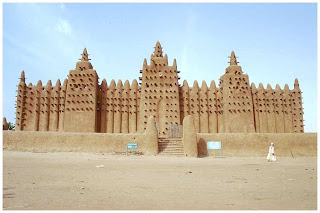A couple of years ago now, pre-blog, there came a book by Paul Kingsnorth called ‘Real England’. I will restrain myself and stop just short, perhaps over cautiously, of saying ‘this book changed my life’. However, I do think it has that potential and I found it tremendously inspiring. A look, at once hopeful and regretful, at the England we live in today, Kingsnorth presents a picture with tattered edges and faded colour but not without beauty. Far from a nostalgic look at England past, it is concerned with where we are now and where we go from here.
The question here is, how can these aspects of England successfully evolve and maintain value in contemporary society. Take independent pubs and breweries for example, continuously being eaten up by brewery giants and PubCo’s, here is something that can be owned and run by the community, such as the Old Crown in Caldbeck Fells that Paul visits in the course of his travels. A solution that may well work for other endangered features such as orchards. These kinds of solutions are of course onerous for the general public, us, the power is, after all, with the people. Many of the issues addressed here are consumer led and as such the book is also a kind of call to arms. The second chapter 'Drown Your Empty Selves' has made me far more considerate of where and what I drink. I even registered my support of CAMRA and I don't drink beer of any sort, can't stand the stuff. From watercourse to China Town, from village green to Broadway Market, I found the journey to be quite emotional and I suppose that can only be a good thing, as one should be stirred when discussing one’s home.
Real England surpasses playground, lefty-righty politics and I urge anyone who considers themselves ‘English’ to read it. I worry that the title may scare away much of a certain, self-loathing group of English society, but it really shouldn’t. Forget your built perceptions of political correctness and what it means to be patriotic and don’t be frightened, this book is for everybody living in England today and is indeed about Real England.








